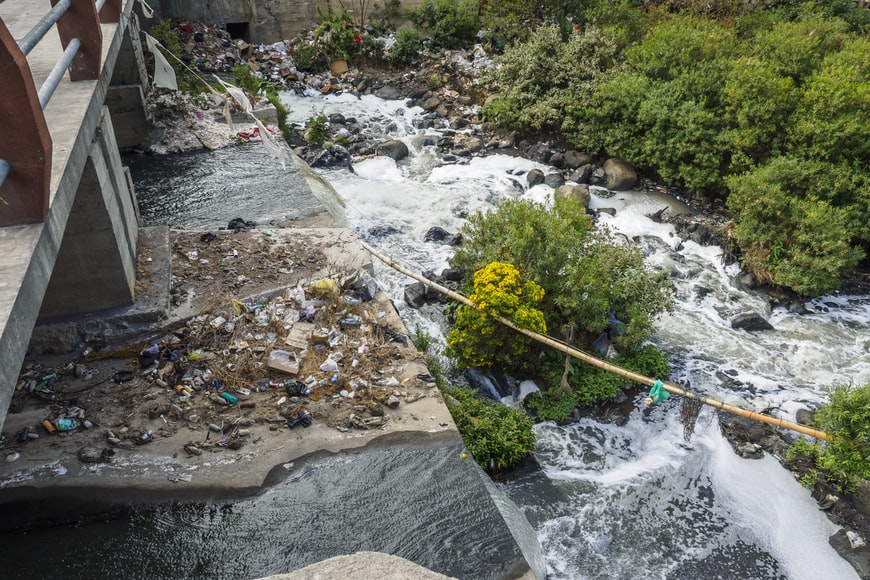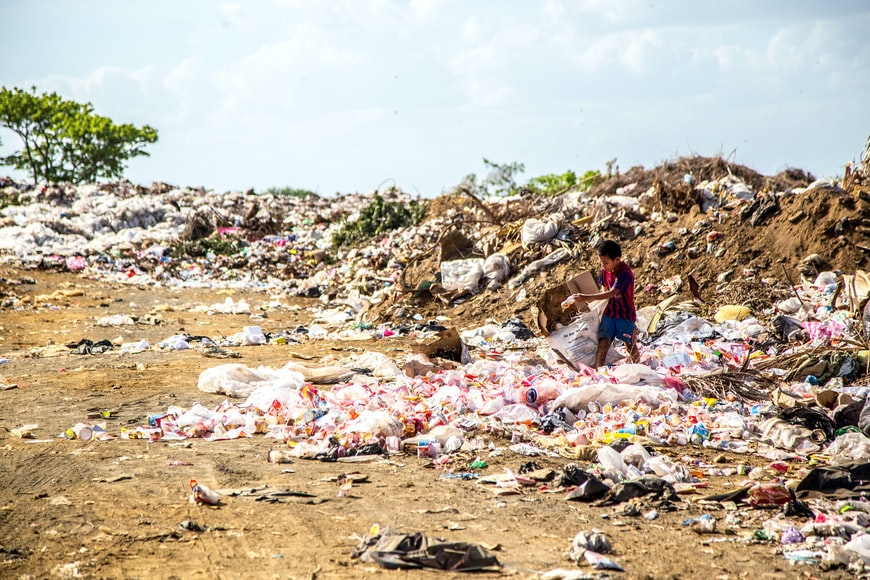Landfills
The purpose of a landfill is to store waste. They’re made to reduce the harm waste can do to both people and the environment.
How many of you have wondered what happens to your trash after a garbage truck picks it up? It’s not as if municipal solid waste, the term for household rubbish, is just piling up! Our garbage is taken to either a municipal wastewater treatment plant, a location designated to handle home rubbish, by garbage trucks. It contains built-in safeguards to keep the surrounding environment clean.
Groundwater around landfills is protected by modern landfills that are totally sealed. In the beginning, the ground is made of clay. Flexible plastic is sprayed on top of something like the clay layer and allowed to harden. Leachate, fluid liquid that seeps into the waste and may contain pollutants, can be collected this way. After being collected by a drainage system, the contaminated leachate is sent to a treatment facility where it is cleaned and disinfected before being returned to the environment.
Trash gets crushed into a dense mound as it is added to the rising pile. In order to keep the waste from attracting rats and odours, soil is dumped on top of it every day. Because of this, the landfill consists primarily of compacted layers of rubbish and soil.

A final layer of clay & thin plastic is used to seal a completed landfill site. To allow plants to grow on top, it is then covered with many feet of dirt. Some trash will decompose in landfills even though its primary purpose is to store garbage. Methane, a hazardous and combustible gas, is produced during the decomposition process. Pipes are used to collect the methane from modern landfills because it can be used for either venting, burning, or even as a source of energy.
Even though contemporary landfills are built to contain hazardous waste, accidents sometimes happen. As a result, landfills continue to pose a threat to both human and environmental health. Global climate change is exacerbated by the release of methane from decomposition of trash In persons who live close to a landfill, air pollution from the dump can cause respiratory difficulties.
Leachate from landfills, on the other hand, has the potential to introduce landfill-derived pollutants into surrounding groundwater supplies. Studies have revealed that landfills are now more likely to be located in low-income and minority populations. The health concerns linked with landfills are now more likely to affect these people as a result of this inequity.
By lowering our dependence on landfills, we can reduce the environmental damage caused by landfills. The trash that must be transferred to landfills is reduced by recycling and composting.
There Are Several Different Kinds Of Landfills.
The RCRA Part D (solid waste) or Subtitle C (serious waste) of the Toxic Substances Ordinance (TSCA) both have provisions governing landfills (TSCA).
For non-hazardous solid waste, like domestic garbage and non-hazardous industrial solid waste, the principal planning, regulating, and implementing entities are state or local governments.
Included In Subtitle D Are Landfills:
Specifically designed to absorb household waste, and many other nonhazardous wastes, municipal waste landfills (MSWLFs)
Landfills that use bioreactors to rapidly transform or decay organic waste are known as Bioreactor Landfills.
In small towns and suburban areas, commercial and institutional garbage (sometimes referred to as industrial waste) often makes up a major amount of the city’s total solid waste.
Landfill for c&d waste (C&D) waste The construction and demolition trash created during the construction, refurbishment, and dismantlement, roads, and bridges is disposed of exclusively in this sort of industrial waste landfill. Concrete, wood, metals, glass, and salvaged building systems are common ingredients in C&D materials.
Landfills for the management and disposal of combustion residuals (CCR) are known as CCR landfills (CCRs or coal ash). The Environmental Protection Agency (EPA) devised and published inside this Federal Register requirements for storage of CCR in landfills.
Federal hazardous waste management programmes are established in Subtitle C of the Clean Water Act. Protecting both public health are two of the program’s primary goals, and Subtitle C aims to accomplish just that. There are Subtitle C rules in place for hazardous waste generation, transportation, treatment, storage, or disposal.
Landfills Are Covered By Subtitle C.
Hazardous Waste Landfills – Sites where hazardous waste is deposited. Unlike other landfills, these ones are not utilised to dispose of solid garbage.
Dumping of PCBs in landfills is strictly controlled that under Hazardous Substances Control Act. Many PCB remediation methods do not necessitate EPA approval, but some do.




